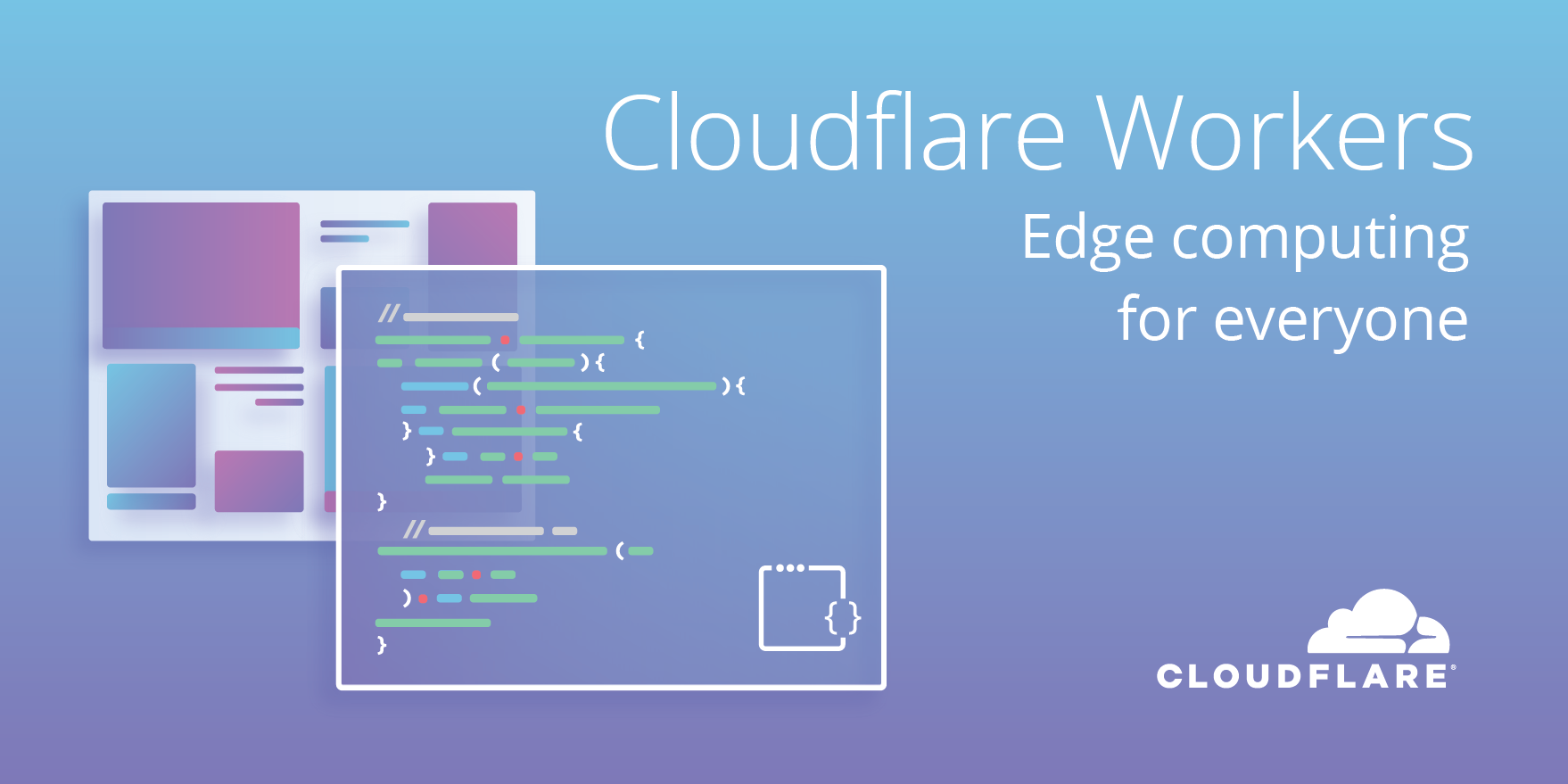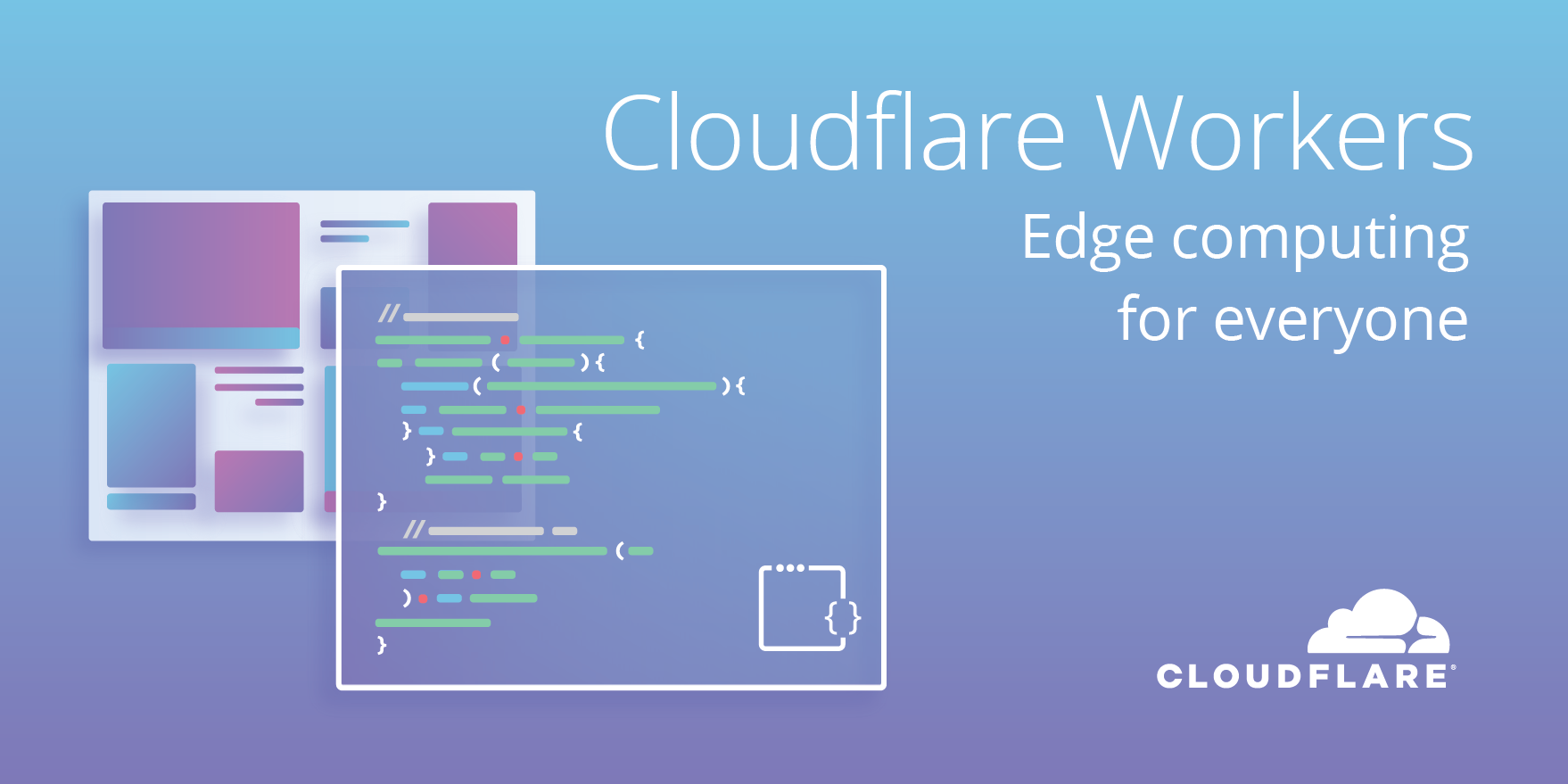Security Startup BioCatch Closes $30M Funding Round for ‘Behavioral Biometrics’
 The platform monitors more than 5 billion transactions per month, and generates real-time alerts when it detects behavioral anomalies.
The platform monitors more than 5 billion transactions per month, and generates real-time alerts when it detects behavioral anomalies.
Blockchain and Digital Identity – A Good Fit?
Every time you see “Login with Facebook” or “Login with Twitter” etc. on a website or use login credentials issued by your employer or school, you’re using Identity and Access Management (IAM) technologies in the background. IAM has become central to our online interactions, but like a lot of infrastructure it’s largely invisible to users (at least when it’s well designed and implemented). IAM is evolving rapidly, the stakes are high, and enterprises face an increasingly complex and puzzling digital identity landscape. There is also growing concern that businesses know too much about us, and therefore end users should reclaim control over their own identities. IAM is a hot topic in the technology world, with new architectures, business models, and philosophies all in play.
Blockchain technology (sometimes also called distributed ledger technology – DLT) is also gaining attention. Proponents advocate it for a wide variety of use cases, including IAM. Blockchain is a broad class of relatively new data security methods, with certain properties of potential value in IAM. Many IAM companies have launched identity registration solutions “on the blockchain,” while others are developing new blockchain-inspired infrastructure for distributing information about users (called “attributes” and used to inform decisions about Continue reading
Container Monitoring
 The Container Monitoring Essentials hub page discusses the importance of containers in today’s datacenter environment, predicting that containers will—in time—be the means by which all workloads are deployed on server platforms.
The Container Monitoring Essentials hub page discusses the importance of containers in today’s datacenter environment, predicting that containers will—in time—be the means by which all workloads are deployed on server platforms.
BGP / MPLS Layer3 VPNs
The post BGP / MPLS Layer3 VPNs appeared first on Noction.
Everyone can now run JavaScript on Cloudflare with Workers


Exactly one year ago today, Cloudflare gave me a mission: Make it so people can run code on Cloudflare's edge. At the time, we didn't yet know what that would mean. Would it be container-based? A new Turing-incomplete domain-specific language? Lua? "Functions"? There were lots of ideas.
Eventually, we settled on what now seems the obvious choice: JavaScript, using the standard Service Workers API, running in a new environment built on V8. Five months ago, we gave you a preview of what we were building, and started the beta.
Today, with thousands of scripts deployed and many billions of requests served, Cloudflare Workers is now ready for everyone.
"Moving away from VCL and adopting Cloudflare Workers will allow us to do some creative routing that will let us deliver JavaScript to npm's millions of users even faster than we do now. We will be building our next generation of services on Cloudflare's platform and we get to do it in JavaScript!"
— CJ Silverio, CTO, npm, Inc.
What is the Cloud, really?
Historically, web application code has been split between servers and browsers. Between them lies a vast but fundamentally dumb network which merely ferries data from point to Continue reading
Promoting RIPE-690 @ Netnod
Our colleague Jan Žorž will be promoting RIPE-690 “Best Current Operational Practice: IPv6 prefix assignment for end-users – persistent vs non-persistent, and what size to choose” as the opening keynote at the forthcoming Netnod Meeting on 14-15 March 2018 in the Sheraton Hotel, Stockholm, Sweden.
RIPE-690 outlines best current operational practices for the assignment of IPv6 prefixes (i.e. a block of IPv6 addresses) for end-users, as making wrong choices when designing an IPv6 network will eventually have negative implications for deployment and require further effort such as renumbering when the network is already in operation. This was published in late 2017 after a year of intensive work by IPv6 experts around the world, supported by the Internet Society’s Deploy360 programme.
Netnod is a neutral, not-for-profit Internet infrastructure organisation based in Sweden that operates six Internet exchange points (IXPs) in five different cities where network operators can connect and exchange traffic.
There’s also several other interesting talks on the agenda, including trends in Internet-of-Things Distributed-Denial-of-Service botnets, prudent TLS, how to practically deploy IPv6 in the mass-market, how clouds are making new demands for connectivity and hyperconnected datacentres, and establishing research networks in Arctic environments, plus a panel session on the future of peering Continue reading
Automated Troubleshooting with Pulover’s Macro Creator
In this video, Tony Fortunato demonstrates how to use the free automation tool and script generator to streamline network troubleshooting.
Streaming Telemetry Standards: So Many to Choose From
Continuing the Streaming Telemetry saga, let’s focus on presentation formats and transport mechanisms.
I already mentioned three presentation formats: XML (used by NETCONF), JSON (used by RESTCONF) and Protocol Buffers (used by gRPC). Two of them are text-based, the third one (Protocol Buffers) is binary encoding not unlike ASN.1 BER used by SNMP. That can’t be good in a JSON-hyped world, right?
Read more ...Rough Guide to IETF 101: Internet of Things
The Internet of Things (IoT) is an increasingly hot buzzword around the Internet industry and the broader technology and innovation business arenas. We are often asked what the IETF is doing in relation to IoT and in this short Rough Guide to IETF 101 post I’d like to highlight some of the relevant sessions scheduled during the upcoming IETF 101 meeting in London. Also check out the IETF Journal IoT Category, the IETF IoT page, the IETF IoT Directorate, the Internet Society’s IoT page, or the Online Trust Alliance IoT page for more details about many of these topics. See also this recent article in the IETF Journal: Internet of Things: Standards and Guidance from the IETF.
The IETF Hackathon, held the weekend preceding the main IETF meeting (17-18 March), will include at least four projects directly related to IoT, with the possibility of more being added. More information is on the Hackathon wiki.
- Firmware Updates for Internet of Things
- Semantic Interoperability (WISHI – Workshop on IoT Semantic/Hypermedia Interoperability) Test Event
- 6LoRITT: 6LoWPAN Interoperability Testing Sessions (plugtest) with the F-Interop Testing Platform
- Measuring leakage from IoT with a MITM (“man in the middle”) proxy
InfoVista Builds Application-Centric SD-WAN With Two Partnerships
 Leveraging different hardware ingredients to achieve this, InfoVista partnered with ZTE and Nuage Networks.
Leveraging different hardware ingredients to achieve this, InfoVista partnered with ZTE and Nuage Networks.
Want to Learn More About SD-WAN? Register for Our SD-WAN 101 Webinar Series

No other technology in recent history has experienced the growth rate that SD-WAN currently possesses. The buzz is high, the benefits are numerous, and its strategic position in digital transformation is critical. Enterprises are changing their legacy networks and dramatically improving the way they do business, offering next-generation technology today because of SD-WAN.
You May Be Wondering:
- What makes SD-WAN different than a WAN?
- Why is it so important to the network fabric of today’s businesses?
- Why is it so transformative?
- How can it help me and my business?
If you’ve asked these questions and want to understand SD-WAN better and determine if it’s a good fit for your business, sign up for our VeloCloud SD-WAN 101 webinar. Choose the date that works best for you!
This webinar will provide you with the essential information you’ll need to understand SD-WAN. You’ll learn how to leverage SD-WAN to improve and optimize your existing network to meet your business needs. And, you’ll gain a clear understanding of next steps in determining your path forward with SD-WAN.
Register today: http://www.velocloud.com/sd-wan-resources/webinars/sd-wan-101
The post Want to Learn More About SD-WAN? Register for Our SD-WAN 101 Webinar Series appeared first on Network Virtualization.
VMware Investor Strikes Back Against Dell Technologies Reverse Merger Talk
 Red Hat, Palo Alto Networks, Splunk, Tanium, and Rubrik are better acquisition targets, the investor group says.
Red Hat, Palo Alto Networks, Splunk, Tanium, and Rubrik are better acquisition targets, the investor group says.